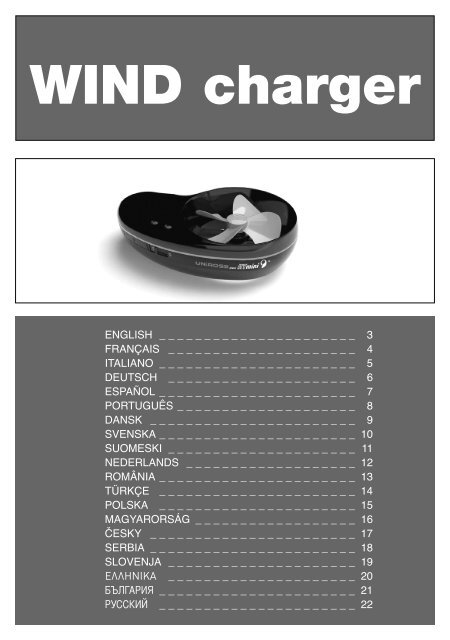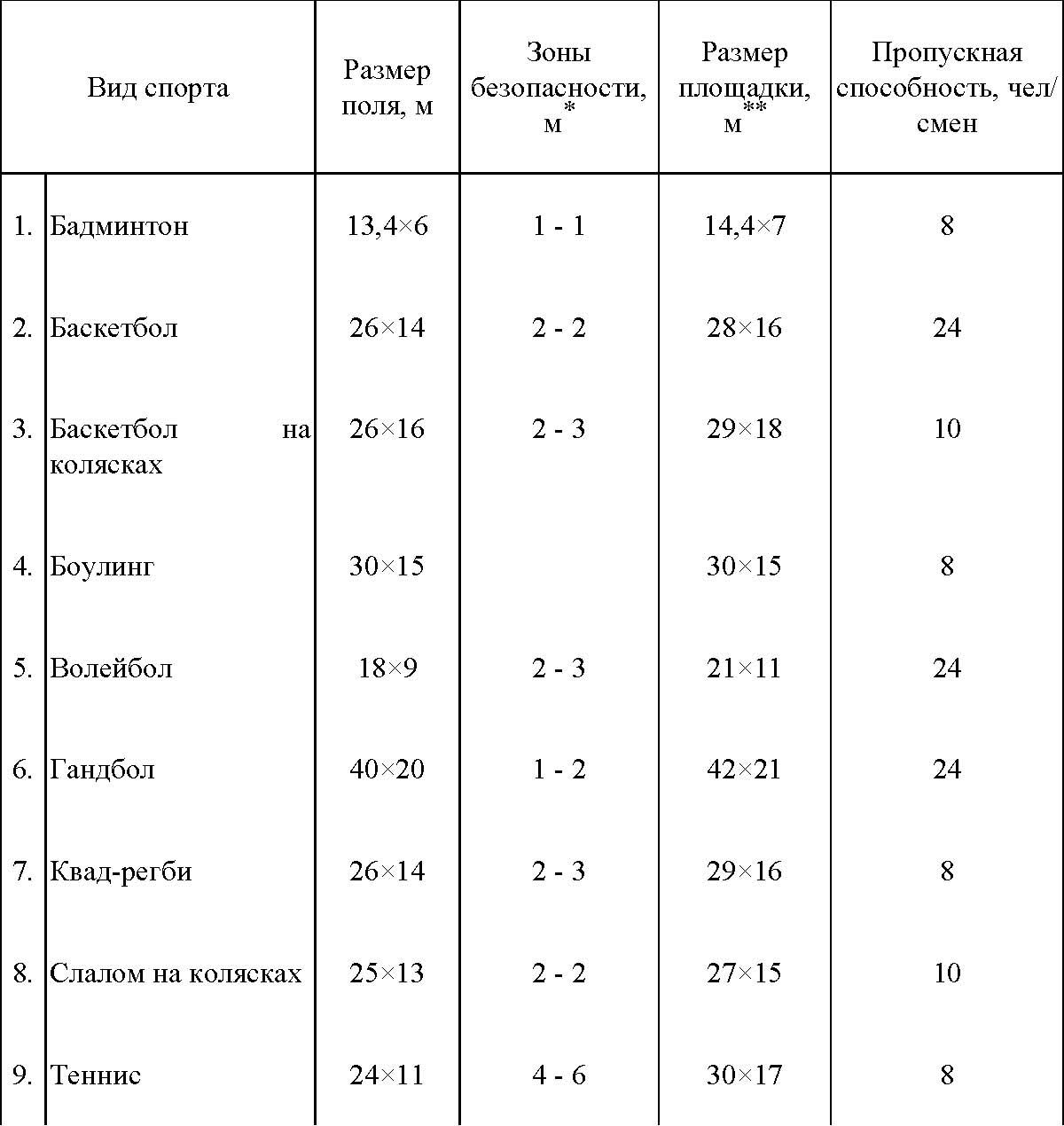
Uniross Photo Battery Charger Instructions
Battery charger for 4 rechargeable NiMH and NiCad AA and AAA batteries; with 4. Sanyo Eneloop, Uniross Hybrio, Nexcell EnergyOn, Accupower Acculoop and other future low discharge batteries. N's Gadget ReviewsTop Contributor: Photography. It has a fairly lengthy manual and the interface isn't exactly intuitive.
In the instructions, it said from dead, they take approx 2 hours to recharge the 2700mah's. Actually it took 25 minutes and I actually went through 4 'fully' charged batteries in a few hours on Saturday. Over the past few years trying to find a reliable substitute for Alkali Manganese and the newer(And superior) Ultimate Lithium cells, I have come across Uniross products that really work well PROVIDED you stay away from high speed chargers and observe the simple rules of only using fully charged cells.
A 2700Mah NIMH cell is most reliable when charged in the Uniross (Or equivalent) timed and current limited chargers. The recommended charge for a 2700 Mah cell is C/10. I.E one tenth of its rated capacity.
That is 270Ma from a current limited source. The AA cell is designed to withstand this overcharge rate without causing overpressure and puncture of the safety diaphragm. Once fully charged, the evolved gases are converted back into water by a catalytic process.
This converts the 270 Ma current into heat by simply combining the evolved gases. The cell can withstand this condition almost indefinately. Exceeding this steady state overcharge rating is bound to lead to trouble and unsatisfactory performance. To charge a 2700Mah AA cell in two hours would need a current of at least 1850 Ma under very closely controled conditions. Subject an AA size Uniross 2700Mah cell to this high over current will almost certainly destroy it in a very short time. Given the right control conditions, most cells can be charged in a very short time - provided the charging current is reliably reduced when full charge is reached.
Just as damaging is mixing fully charged and partially charged cells in series under high load service. The partially charged cell discharges first and then is driven into damaging cell reversal by its fully charged companions. The reversed cell quickly goes into over pressure and pops the safety diaphragm. From that point on it rapidly looses its ability to take and hold a charge. To charge a 2700Mah cell in 25 minutes will need a charge current of 6418 Ma thats 6.1 amps.

You would need very accurate control to use such a high current and if a few cells are charged in series they had better be of well balanced capacity. Click to expand.You shouldn't be using NIMH batteries to be used casually in a camera (unless they are hybrids or something, which is still not great), as the batteries lose most of their charge in a few days. NIMH batteries with high mah even only being 1.2v, provide much better performance in terms of recycling your flash quickly than a Hybrid NIMH, Li-ion or alkaline battery's or similar with higher volts, but they do need to be used the same day they come off the charger if you plan a long shoot with them. The only batteries that beat NIMH batteries on performance are NIZN batteries, and they self discharge faster than NIMH. Click to expand. I was involved with providing reliable flashlights for daily use. The normal disposables are very expensive to use and rechargables seemed to be the answer.
Fancy Maglites with Nicads at £400 each were soon almost useless.  The problem was the charging method.
The problem was the charging method.
A torch came off shift and had its cells removed and charged. The next shift simply took 5 cells from the 'Charged' box. Within a few weeks the torches failed after a few hours use. Its definitely worth taking a bit of time to find out why. We now have Salt and Pepper grinders, electronic flash units and toys that dont need a small fortune in Duracells to keep going. Always use and keep cells in marked 'Sets'. Always charge the cells in sets or as near as possible in sets.
Most store bought chargers hold 2 or 4 cells and charge them in pairs at C/10 (One tenth the mA rating) The chargers are 'Automatic' I.E. They have a 10 hour charge timer and no means of temperature or voltage shut-off. Voltage is useless anyway.
Current limited to C/10 with a 10 hour timer is the best without spending money on temperature rise sensors. I keep a 4 way DIN socket extension on a (Wood Top) kitchen dresser so the chargers are easy to monitor and battery warmth easy to check. The 4 way charger is the handiest and I use the charger to store unused cells. This makes it easy to pop a set of four back on charge. If they are fully charged, in an hour or so, the cells will all be equally warm. If one isnt, its either faulty or isnt fully charged.